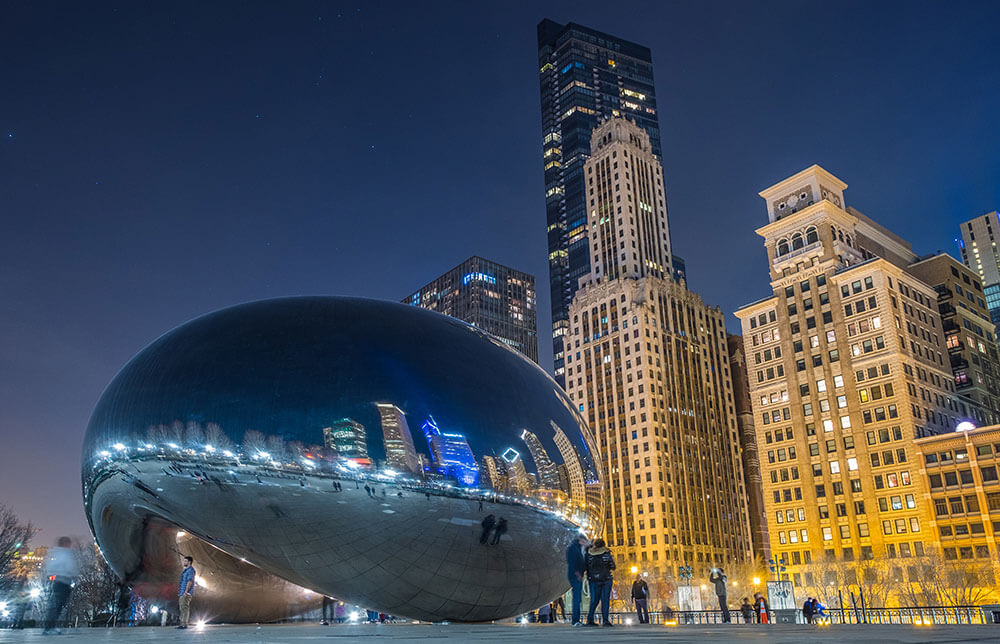
Post-COVID, event marketers would be wise to highlight an event’s location and and the possible experiences attendees could have outside the meeting itself. (Lance Anderson on Unsplash)

Kimberly Hardcastle-Geddes
Over the past decade, event marketers have experienced transformational shifts that have impacted — both positively and negatively — our ability to reach and engage audiences. From the introduction of technological innovations to restrictive data privacy laws to the rise of a more empowered and discerning customer, we’ve adapted to change and accepted that agility is the key to our survival. Never has this capacity to navigate uncharted territory been more important than in today’s post-pandemic reality. Event professionals must question everything they thought they knew about marketing events, unlearn bad habits, and buck some traditional thinking as they plan their next in-person campaigns.
Bigger isn’t always better. Historically, event marketers have inundated their audiences with detailed statistics that demonstrate the size of their events — net square feet of exhibit space, number of sessions offered, number of attendees anticipated, etc. — in an attempt to draw a parallel between magnitude and value. This messaging was often supported with visuals that showed congested aisles, packed sessions, and crowded networking events. Today, using images and statistics from pre-COVID trade shows and conferences could call your integrity into question, set unrealistic expectations, and amplify lingering fears about COVID-19 and mass gatherings. This approach could also provide fodder for negative comments in the press and/or on social media.
Safety matters — but not as much as you think. Organizers are so eager to share all the safety measures they have put in place — from touchless registration to wide aisles to enhanced cleaning — that communicating the basic value proposition of the event seems to be taking a backseat. In the same way that you wouldn’t eat at a restaurant based solely on its sanitation rating, your audiences won’t attend your events just because they are clean, socially distanced, and well-ventilated. Before you assure your prospects that an event is safe to attend, convince them that it will be worthwhile to attend.
Digital marketing matters — more than you think. Direct marketing has become less effective as industry disruption has decimated databases (in some cases) and email fatigue has led to increased opt-outs and disengagement (in most cases). On the other hand, digital marketing tactics, including SEM, programmatic advertising, paid and organic social, and retargeting, are proving to be effective at reaching and engaging our audiences, including those that exist outside of our “house lists.” It’s time to invest in the people, tools, and resources needed to execute sophisticated digital marketing campaigns.
Bleisure. The blending of business and leisure travel is predicted to become a major factor in influencing business travel in a post-COVID era. While most professionals have enjoyed the freedom of working from home, many have expressed a pent-up desire to travel. To capitalize on this phenomenon, ensure that you are putting an extra emphasis on the event location and experience, and marketing both appropriately. Consider expanding events into interesting local venues, hosting culinary adventures, wine tours, food tastings, charitable community activities, fun runs, and golf tournaments, to give your prospects another reason to say “yes.”
Think outside the hybrid box. Scheduling a digital version of your event on top of the physical version adds layers of costs, complexity, and resource demands, so make sure you have a strategy for both online and offline audiences. If you are marketing both offerings simultaneously, do so in a way that won’t cannibalize physical attendance. In your messaging, communicate distinct value propositions for each offering rather than suggesting that you’re producing one event that can be experienced in two ways.
Kimberly Hardcastle-Geddes is chief marketing strategist of mdg, the nation’s leading marketing and public relations agency specializing in audience acquisition for live and online events.
